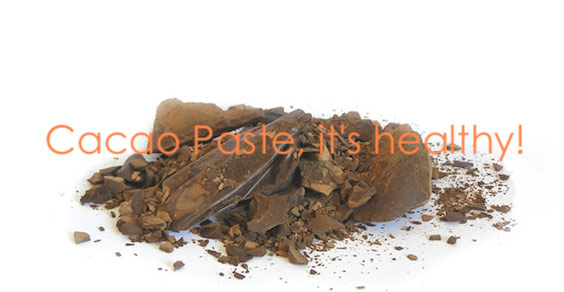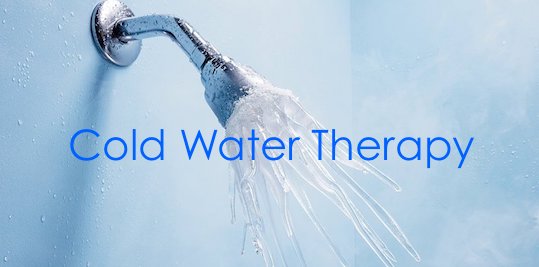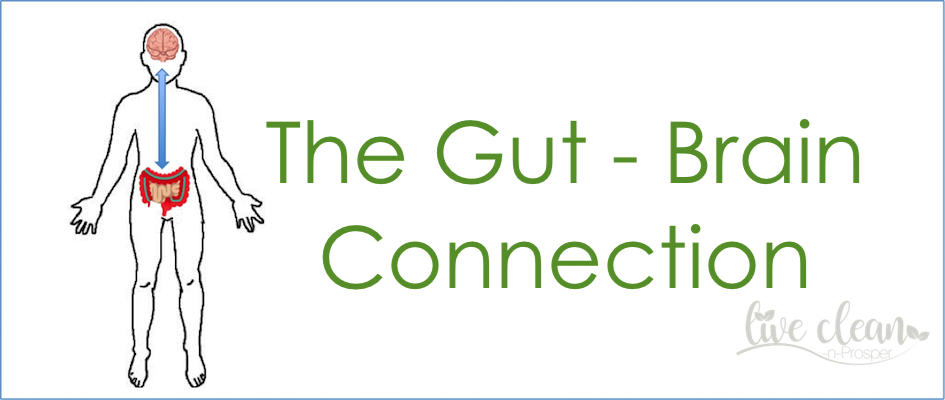Todays post is about Cacao Paste.
In February last year I wrote about the benefits of Raw Chocolate and posted a recipe.
Yesterday I went to buy more ingredients for making my chocolate and I came across Cacao Paste. I talked to the store owner who informed me that is could be used in a number of ways. It is most popularly used for making chocolate.
So I decided to give it a try, as well as do a bit of research to find out a bit more about it.
So, what is Cacao paste?
Cacao paste is created when whole cacao beans are fermented, sun dried and roasted at temperatures below 47°C. They are then ground into a paste or liquid, commonly called cacao liquor. This liquid quickly solidifies at room temperature and the result is cacao paste, which is then dried.
Because no heat is used in this process, cacao paste retains its natural properties. Cacao paste is naturally about 55% cacao butter and is an extremely smooth product. Cacao paste is 100% pure organic cacao. No additives, sweeteners or anything else.
It’s healthy
Not only does cacao paste provide a delicious, chocolatey taste, but it’s also packed with health benefits. It contains more antioxidants than blueberries, black and green teas, and red wine. These antioxidants give cacao the power to lower cholesterol, blood pressure, and risk of stroke.
A single cacao bean contains 54% fat (that’s the cacao butter), 31% carbohydrates (mainly fibre with a tiny amount of sugars), 11% protein (including arginine, glutamine and leucine), 3% polyphenols (flavonols and proanthocyanins) and less than 1% trace minerals including magnesium, iron, copper and phosphorus.
Cacao has been studied for its ability to reduce blood pressure and has been shown to produce “a small but statistically significant effect in lowering blood pressure by 2-3mm Hg in the short term”. It contains phenylethylamine, which controls pleasure and the feelings you get when you are in love. It also acts as a stimulant and can improve mental alertness. Cacao also contains serotonin and dopamine – which also stimulate good moods and ‘pleasure’ feelings.
Cacao also contains great levels of magnesium, which is an essential mineral during times of stress and helps you to feel more relaxed.
How do you use it?
Cacao paste is recommended for use in several ways. It seems it can be used in any recipe that requires unsweetened chocolate.
Small chunks can be added to dried fruit and nuts to create your own trail mixes, or grate fine shavings over ice cream or sweet desserts. It is also suggested to use it to make a rich, European style ‘hot chocolate’.
I used it to make my Raw chocolate. It was recommended to use the paste instead of ½ of the cacao butter. I did this. The chocolate actually started to set at room temperature. It also gave the chocolate a very rich texture, however, I found that it started to melt a little quicker as I held it.
I think next time I will try making the recipe with 70grams cacao butter and 30 grams of the paste. Check out my recipe page for the recipe.
Enjoy,
Till the next post,
Live clean n Prosper.



